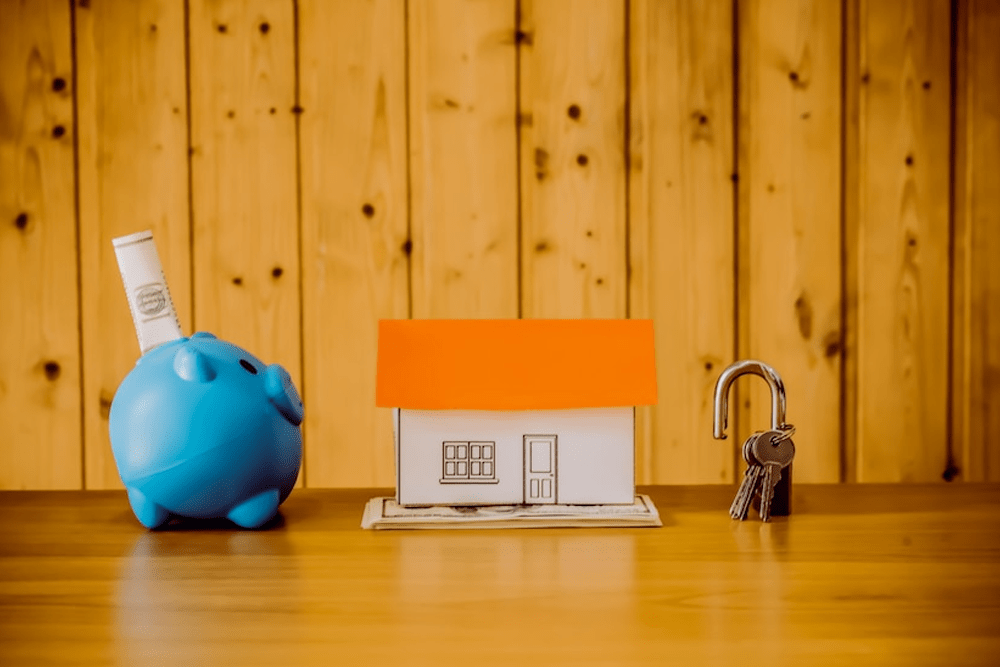When it comes to securing a home loan, one of the most important decisions you’ll make is whether to choose a fixed or floating interest rate. Both options have their own advantages and disadvantages, and the right choice depends on your financial situation, risk tolerance, and market conditions. This guide will help you understand the key differences between fixed and floating home loans, so you can make an informed decision that aligns with your financial goals.
Key differences between fixed and floating home loans
1. Understanding Fixed and Floating Interest Rates
Fixed Interest Rates
A fixed interest rate remains constant throughout the life of the loan. This means your monthly payments will stay the same, providing predictability and stability.
Key Features
- Consistency: Your monthly payments remain unchanged regardless of market fluctuations.
- Long-Term Planning: Easier to budget and plan for long-term financial goals.
- Interest Rate Lock: Protects you from future rate increases.
Benefits
- Predictable Payments: No surprises in your monthly budget.
- Protection from Rate Hikes: Safeguards you from potential increases in interest rates.
Drawbacks
- Higher Initial Rates: Fixed rates are typically higher than initial floating rates.
- Less Flexibility: Not ideal if market rates decrease significantly.
Floating Interest Rates
A floating interest rate, also known as a variable or adjustable rate, fluctuates with market conditions. Your interest rate and monthly payments may vary based on changes in a benchmark rate.
Key Features
- Market-Linked: Rate changes based on the movement of a reference rate (e.g., LIBOR, MCLR).
- Potential for Lower Initial Rates: Often starts lower than fixed rates.
- Periodic Adjustments: Rates may adjust periodically (e.g., annually, semi-annually).
Benefits
- Lower Initial Rates: Potentially lower rates during the initial period.
- Possibility of Lower Overall Costs: If rates decrease, your payments may be lower.
Drawbacks
- Payment Uncertainty: Monthly payments can vary, making budgeting more challenging.
- Risk of Rate Increases: Potential for higher payments if interest rates rise.
2. Comparing Fixed and Floating Home Loans
Cost Comparison
Fixed Rate Loans
- Higher Stability: Consistent payments offer stability but may come with a higher initial rate.
- Long-Term Cost: Overall cost is predictable, with no surprises due to rate changes.
Floating Rate Loans
- Lower Initial Cost: Often start with lower rates, which can be beneficial in the short term.
- Potential for Rate Increases: While rates may be lower initially, they can rise over time, increasing overall costs.
Financial Planning and Budgeting
Fixed Rate Loans
- Predictable Budgeting: Easier to manage your budget with fixed payments.
- Long-Term Planning: Ideal for those who prefer stability and predictable long-term costs.
Floating Rate Loans
- Flexible Budgeting: Payments can fluctuate, requiring more frequent budget adjustments.
- Short-Term Savings: Suitable for those who can handle potential rate increases and prefer initial cost savings.
Risk Tolerance
Fixed Rate Loans
- Low Risk: Provides protection against interest rate increases.
- Suitable for Conservative Borrowers: Ideal for those who prefer stability and predictability.
Floating Rate Loans
- Higher Risk: Subject to market fluctuations and potential rate hikes.
- Suitable for Risk-Tolerant Borrowers: Ideal for those who can manage uncertainty and potentially benefit from lower rates.
3. When to Choose a Fixed Rate Loan
Predictability and Stability
If you value consistent payments and want to avoid the risk of rising rates, a fixed rate loan is ideal. It provides a stable monthly payment throughout the life of the loan, making it easier to budget and plan for the future.
Long-Term Homeowners
If you plan to stay in your home for an extended period, a fixed rate loan can offer long-term cost stability. Even if interest rates rise, you’ll benefit from the same low rate you locked in at the start.
Current Market Conditions
In a rising interest rate environment, locking in a fixed rate can protect you from future increases. If rates are expected to rise, a fixed rate loan provides peace of mind and cost certainty.
4. When to Choose a Floating Rate Loan
Short-Term Savings
If you plan to sell or refinance your home within a few years, a floating rate loan might offer lower initial rates, resulting in short-term savings. This can be advantageous if you anticipate lower rates in the near future or plan to move soon.
Falling Interest Rates
In a declining interest rate environment, a floating rate loan can be beneficial as your rate and payments may decrease along with market rates. This can result in lower overall costs compared to a fixed rate loan.
Risk Tolerance
If you’re comfortable with potential payment fluctuations and have a flexible budget, a floating rate loan can be a good choice. It may offer lower initial rates and the possibility of savings if rates remain stable or decrease.
5. Hybrid and Fixed-Period Floating Rates
Hybrid Loans
Hybrid loans combine features of both fixed and floating rate loans. They offer a fixed rate for an initial period (e.g., 5, 7, or 10 years) and then switch to a floating rate for the remainder of the loan term.
Benefits
- Initial Stability: Fixed rate during the initial period provides stability.
- Potential for Savings: Floating rate after the initial period may offer lower rates if market conditions improve.
Fixed-Period Floating Rates
Some loans offer fixed rates for a certain period and then transition to a floating rate.
Benefits
- Short-Term Stability: Provides initial rate stability, followed by potential savings with a floating rate.
- Flexible Options: Useful for those who expect to refinance or sell within the fixed period.
How to Choose the Right Option for You
Assess Your Financial Situation
Evaluate your financial stability, budget flexibility, and long-term plans. Consider how comfortable you are with potential rate fluctuations and whether you prefer predictable payments.
Analyze Market Conditions
Review current and projected interest rate trends. If rates are low and expected to rise, a fixed rate may be advantageous. Conversely, if rates are high and expected to fall, a floating rate may offer savings.
Consult with a Financial Advisor
Seek advice from a financial advisor or mortgage broker to understand the best options for your specific situation. They can provide insights into market conditions and help you choose the right loan type.
Frequently Asked Questions
1. Can I switch from a fixed to a floating rate loan?
In some cases, lenders may allow you to refinance or modify your loan to switch from a fixed to a floating rate. However, this may involve additional costs or fees.
2. Are floating rate loans always cheaper than fixed rate loans?
Floating rate loans often start with lower rates, but the overall cost depends on market conditions and how often rates adjust. Fixed rate loans provide stability but may have higher initial rates.
3. What happens if I can’t afford higher payments with a floating rate loan?
If you’re unable to manage higher payments with a floating rate loan, you may need to consider refinancing to a fixed rate loan or seek financial assistance.
4. Can I lock in a rate on a floating rate loan?
Some lenders offer options to lock in a rate for a certain period on a floating rate loan. Check with your lender for specific terms and conditions.
5. How often do floating rates change?
Floating rates typically adjust based on a benchmark rate at regular intervals, such as annually or semi-annually. The frequency of adjustments depends on the loan terms.
Conclusion
Choosing between a fixed and floating interest rate home loan requires careful consideration of your financial situation, risk tolerance, and market conditions. Fixed rate loans offer stability and predictability, making them ideal for those who prefer consistent payments. Floating rate loans, on the other hand, can offer lower initial rates and potential savings but come with the risk of payment fluctuations. By assessing your needs and consulting with financial experts, you can select the mortgage option that best aligns with your goals and circumstances.
4o mini


















